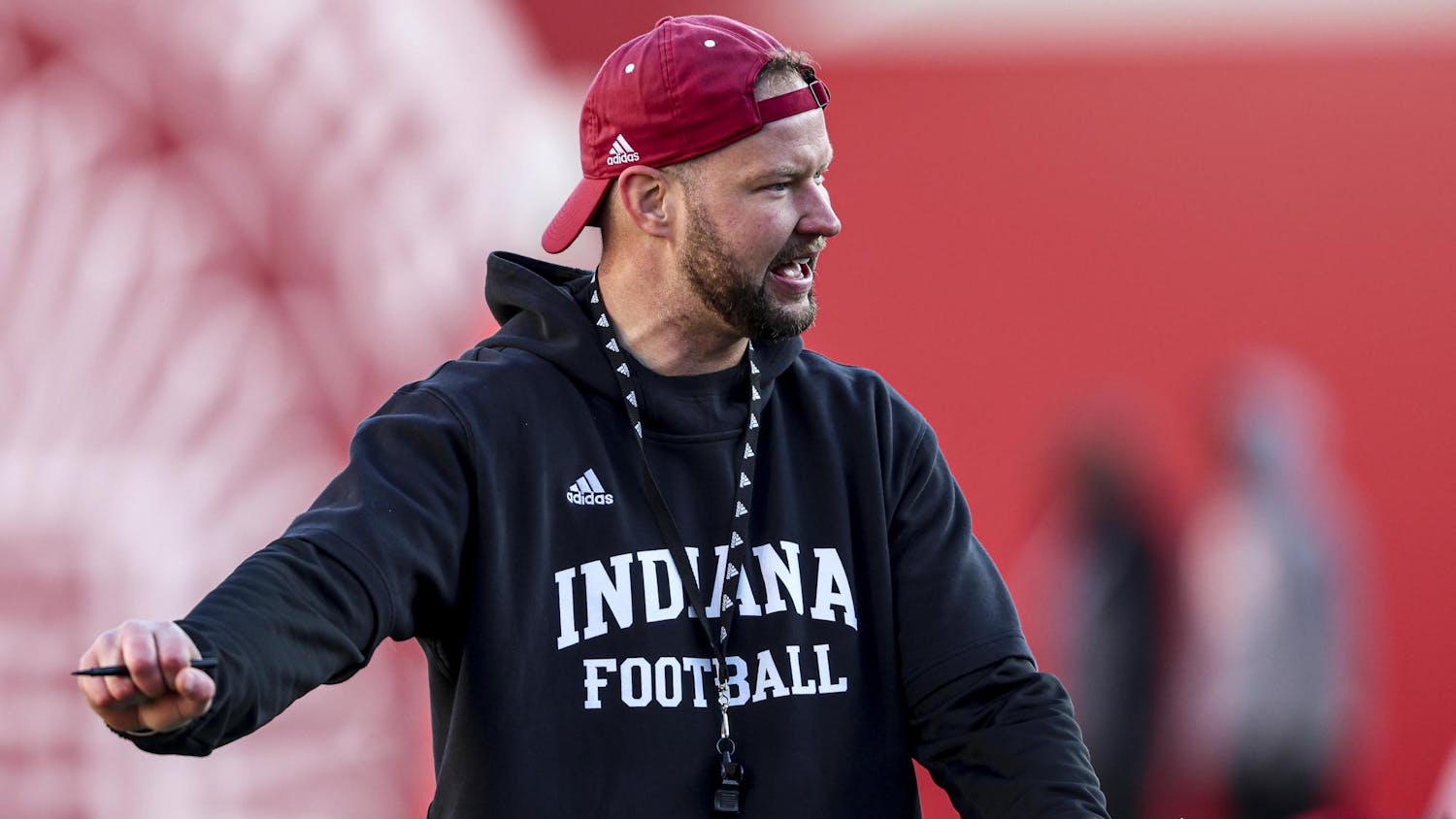Althea Gibson, a sports pioneer who broke the color barrier in tennis in the 1950s as the first black player to win Wimbledon and the U.S. national title, died Sunday. She was 76.\nGibson, seriously ill for several years, died of respiratory failure at a hospital in East Orange, N.J., after spending two days in the intensive care ward, said Fran Gray, a longtime friend who co-founded the Althea Gibson Foundation.\n"Her contribution to the civil rights movement was done with her tennis racket," Gray said.\nGibson was the first black player to compete in the U.S. championships, in 1950, and at Wimbledon, in 1951. She won both Wimbledon and the U.S. championships in 1957 and 1958, the French Open in 1956, and three doubles titles at Wimbledon (1956-58).\n"Who could have imagined? Who could have thought?" Gibson said in 1988 as she presented her Wimbledon trophies to the Smithsonian Institution's National Museum of American History.\n"Here stands before you a Negro woman, raised in Harlem, who went on to become a tennis player ... and finally wind up being a world champion, in fact, the first black woman champion of this world," she said.\nThe eldest of five children, Gibson was a self-described "born athlete" who broke racial barriers, not only in tennis but also in pro golf.\nNo other black woman won the U.S. national tennis title until Serena Williams in 1999 or won Wimbledon until Venus Williams in 2000.\nWhen Venus won her first Wimbledon title, she reflected on Gibson's achievements.\n"It had to be hard because people were unable to see past color," Williams said. "Still, these days it's hardly any different because you have to realize it has only been 40 years. How can you change years and centuries of being biased in 40 years? So realistically, not too much has changed."\nGibson was born Aug. 25, 1927, in Silver, S.C., and lived in East Orange for most of the last 30 years. Her foundation, based in Newark, was created to help urban youth develop their skills in tennis and golf.\nGibson picked up tennis while growing up in New York, slapping rubber balls off a brick wall. She then met Fred Johnson, a one-armed tennis coach who taught her to play.\nGibson won her first tournament at 15, becoming the New York State black girls' singles tennis champion. Boxer Sugar Ray Robinson helped pay for her travels.\nShe spent her high school years in Wilmington, N.C., where Dr. R.W. Johnson took her into his family's home and let her play on his grass court. Dr. E.A. Eaton coached her there, and Gibson later credited him with helping her cultivate the grace and dignity she needed on and off the court.\n"No one would say anything to me because of the way I carried myself," Gibson said. "Tennis was a game for ladies and gentlemen, and I conducted myself in that manner."\nShe attended Florida A&M on a tennis and basketball scholarship and then began her ascent in the American Tennis Association, founded in 1916 for black players.\nIn 1950, she was the first black competitor to play in the National Grass Court Tennis Championships, the precursor of today's U.S. Open, coming within a point of beating Wimbledon champion Louise Brough.\nShe broke the racial barrier at Wimbledon the following year, but disappointment at losing nearly caused her to give up the game for the Army in 1955. She applied for a commission, but Gibson's coach talked her out of it.\nA year later, she blossomed during a nine-month tour sponsored by the U.S. State Department, winning 14 tournaments and reaching the finals of the other three she entered. She also captured her first women's doubles championship at Wimbledon.\nAlthough beaten at Wimbledon in the singles and losing in the final round at the U.S. championship in New York, she was on top of her game and in 1957 began a two-year run as champion of the top two tournaments in tennis.\n "She was a great champion and great person. We had a good relationship -- she was always there for me even when I was a nobody," Martina Navratilova said Sunday in Leipzig, Germany, where she won her 172nd career doubles title.\n "Her life was very difficult, but she broke down a lot of barriers and doors and made it easier for a lot of us."\n Gibson was The Associated Press' Female Athlete of the Year in 1957 and 1958. Following her 1957 Wimbledon victory, she was given a ticker-tape parade in New York City and an official welcome at City Hall.\nGibson retired from the game soon after her 1958 Wimbledon and U.S. titles because there was no prize money and few lucrative endorsements. It wasn't until 1968, the start of the Open era, that the major tournaments paid pro players -- the U.S. Open now offers $1 million to the singles champions.\nRecently, Gibson, Gray and others collaborated on a book, "Born to Win: The Althea Gibson Story," to be published next year.\nGibson was inducted into numerous halls of fame, including the International Tennis Hall of Fame. In 1975, she became state commissioner of athletics in New Jersey, a job she held for 10 years. She then served on the state athletics control board until 1988 and the governor's council on physical fitness until 1992.\nGibson was married twice; husbands William Darben and Sidney Llewellyn are deceased. Gibson didn't have children, Gray said.
Black tennis pioneer Althea Gibson dies at 76
Get stories like this in your inbox
Subscribe





